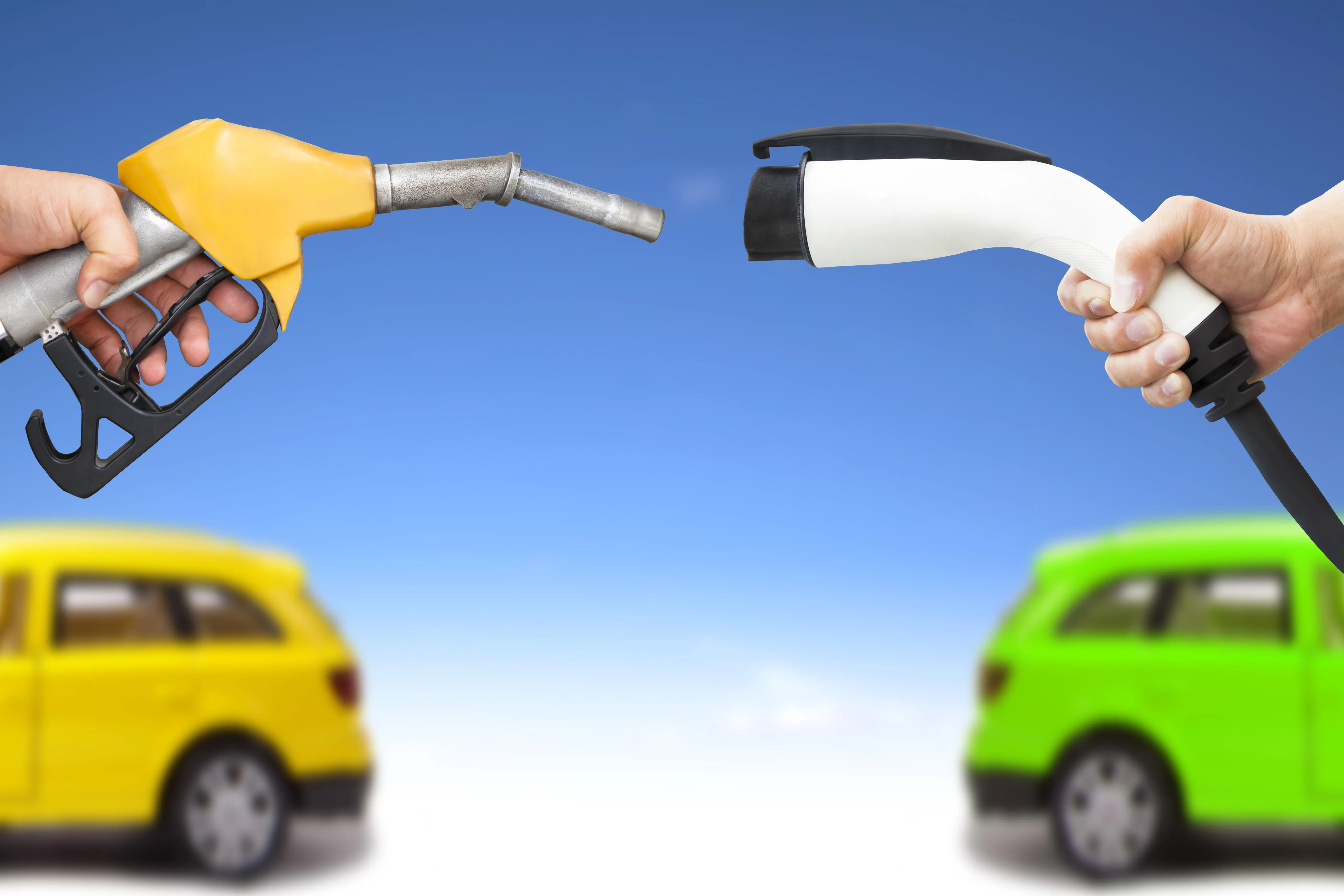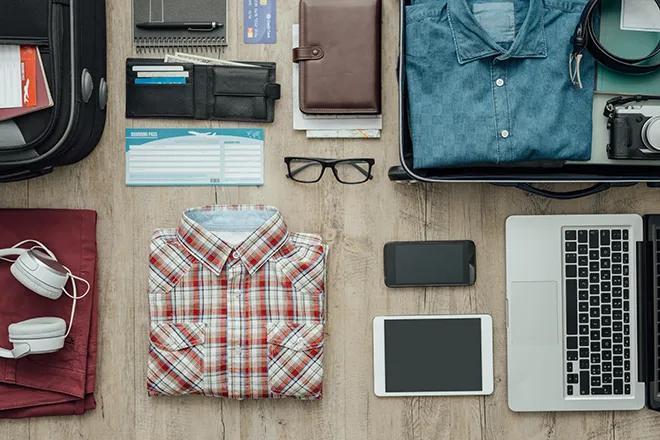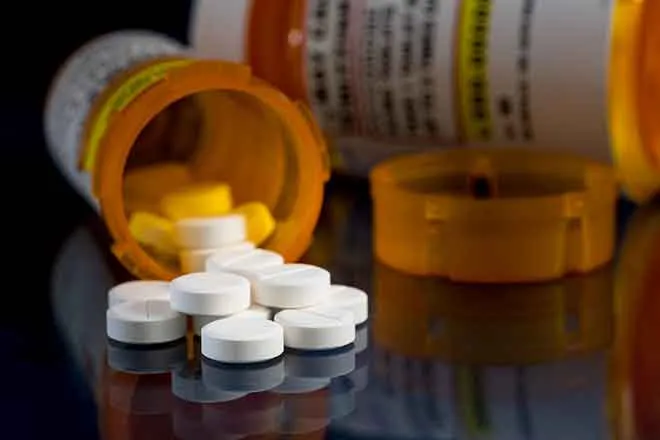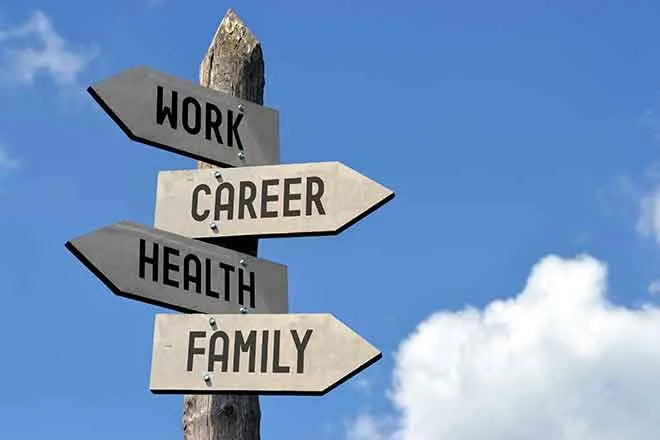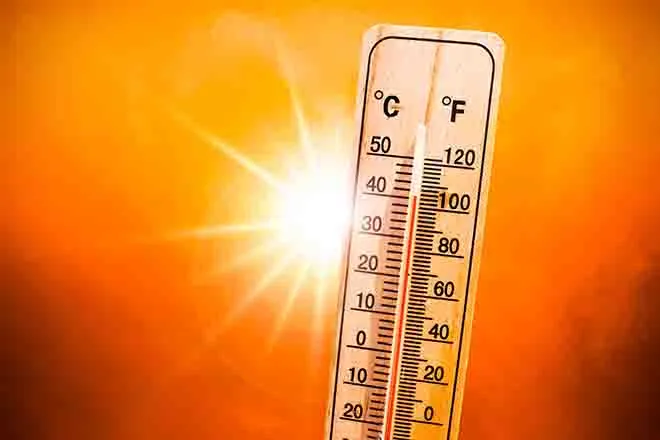
Dear Dietitian – What diet should I follow for hypoglycemia?
Dear Dietitian,
I was just diagnosed with reactive hypoglycemia. What should I do about my diet? Will I never be able to have dessert again? Please help.
Megan
Dear Megan,
A new diagnosis can sometimes be overwhelming, but as you learn how to manage it and you feel better, it will become a part of your routine. As far as having sugar, I “never say never” because I believe any meal plan should be livable. With careful planning, you will be able to enjoy a healthy, satisfying diet.
For readers who aren’t familiar with hypoglycemia, or low blood sugar, it is a rare condition in which a person’s blood sugar (glucose) levels are too low to carry out normal activities. Glucose is your body’s main energy source. Hypoglycemia is usually defined as less than 70 mg/dl, but the number may vary a little. This condition is normally associated with diabetic patients, but it also occurs in people who do not have diabetes.
There are two types of non-diabetic hypoglycemia. There is reactive, which occurs after a meal, and fasting, or non-reactive. Symptoms of hypoglycemia include hunger, dizziness, sweating, pale skin, fatigue, or feeling like you may faint.
Non-reactive hypoglycemia typically has an underlying cause which needs to be evaluated by a physician. Some possible causes include certain medications, a hormonal imbalance, or a tumor on the pancreas that interferes with its proper functioning.
Under normal circumstances, as food is being digested, the pancreas secretes insulin, which in turn takes glucose to our cells. There is a very tight “checks and balances” activity going on throughout the body to get the right amount of insulin into the bloodstream. In this way, our cells get the energy they need, and our blood sugar levels remain stable.
As in your case, Megan, reactive hypoglycemia usually occurs 3-4 hours after eating a meal. In this situation, the pancreas releases too much insulin, which results in low blood sugar. The cause of reactive hypoglycemia isn’t well understood, but it is manageable. Following these guidelines will help:
- Eat a well-balanced diet of lean proteins, whole grains, fruits and vegetables, and unsaturated fats. Eat at the same time each day.
- Avoid high-sugar foods, like candy, desserts, sugar-sweetened drinks, fruit juice, and sugar-sweetened cereal. If you feel like you can’t go another day without dessert, enjoy a reasonable amount with your meal and monitor blood sugar levels closely afterwards.
- Instead of refined carbohydrates (think white), choose high-fiber, complex carbs, like whole wheat bread, high fiber cereal, and whole wheat pasta.
- If you drink alcohol, avoid sugary drinks, like margaritas, piña coladas, and screwdrivers. You should always eat when drinking alcohol.
- Eat three moderate-sized meals plus 2-3 snacks throughout the day.
- Keep glucose tablets or sugar-sweetened gum with you in the event your blood sugar drops and you don’t have a snack immediately available.
- A healthy snack should consist of about 15 grams of carbohydrate and 1-2 oz protein. This could be 1/4 cup of almonds + 2 tablespoons of raisins; a half-sandwich, or an apple with 1 tablespoon of peanut butter.
Finally, give yourself at least six weeks to get adjusted to your new meal plan. It won’t happen overnight, so try to be patient. And remember to follow-up with your doctor on a regular basis.
Until next time, be healthy!
Dear Dietitian



